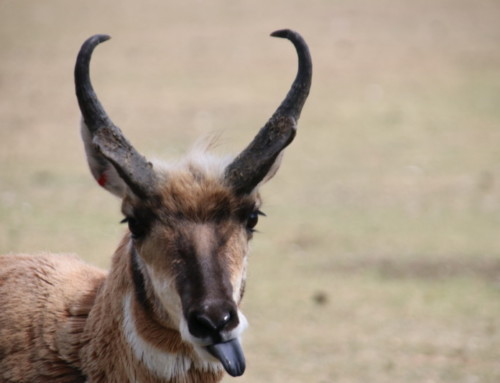The Chilean Rose Tarantula
Grammostola rosea
Halloween is a time when everyone seems to like creepy, scary things like bats, and spiders. Of course, any one who studies them knows that both creatures are fascinating and wonderfully adapted to their habitats. The type of spider we have in the Kinsmen Children’s Zoo at the Saskatoon Forestry Farm Park & Zoo is a Chilean Rose Tarantula. The scientific name is Grammostola rosea. Grammo means lined or striped and stola means clothing or armor and, of course, rosea means reddish or pinkish. The body is covered with fine hairs varying in colour from pale grey-pink to red and red-orange.
Female bodies are about 7.5 cm long and their leg span is about 15 cm. Males have smaller bodies but their leg span is about the same. Females may live as long as 20 years. They are mature enough to mate at two to three years and the males generally live only a few years after mating and usually die at about five. After mating, the female will produce an egg sac, which after 75 to 90 days may produce 250 or more baby Tarantulas. Like all spiders, Tarantulas have four pairs of legs, eight eyes, and two fangs, and they are slightly venomous. They are generally fairly docile and are very popular in the pet trade and fairly easy to keep.
Not a lot is known about their lives in their native habitat, which is desert and scrub land in Chile, Bolivia and Argentina. They live in burrows that they line with silk but they do not make webs like many smaller spider species. They are carnivores and use their venom to liquefy their prey as they do not have mouth parts for chewing and their digestive system is designed to deal only with liquid food. In the wild they will eat insects, other arthropods and, sometimes, small mammals. In captivity they are usually fed crickets. They do their hunting in the night and return to their burrows when morning arrives.
While these Tarantulas are fairly calm as a pet they can get agitated with too much handling. The hairs on the abdomen are slightly barbed and they can brush them off their body with their legs and fling them onto whatever is harassing them. People who have them as pets should be careful to protect their skin and eyes from these very irritating hairs. Their venom is not dangerous unless one is allergic to it and the bite is about as painful as a bee sting.
At present the Rose Tarantula is not of concern with regard to being threatened with extinction in its natural habitat, but there are few laws regulating the capture of these spiders for the pet trade so the possibility is there for decimation of the species in the future. The following link is a very interesting, entertaining and informative look at the Chilean Rose Tarantula and also includes pictures of the habitat in South America where they are found.

